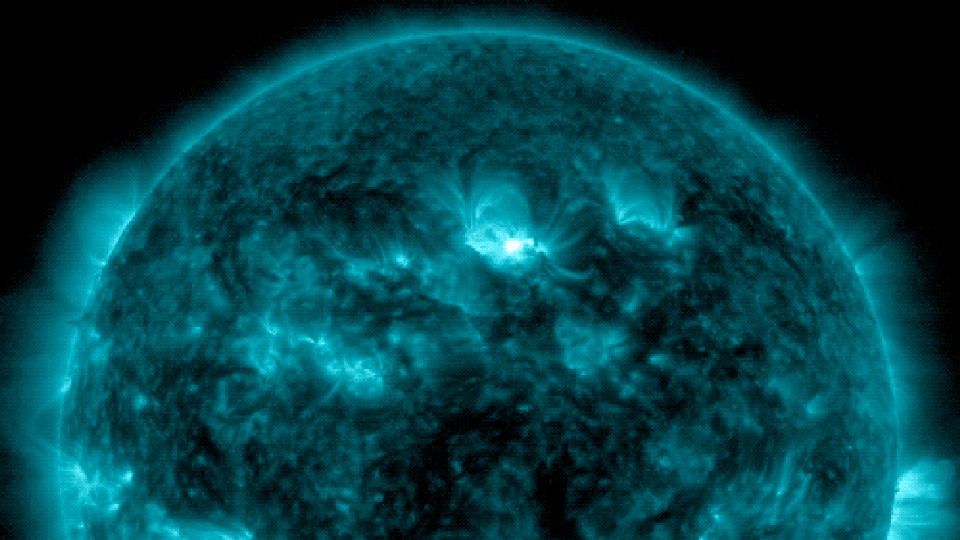Northern Lights: Will they be visible in San Francisco Bay Area?
OAKLAND, Calif. - A severe solar storm could make the ethereal Northern Lights visible across a majority of the United States – and it's quite possible the spectacular display will be visible in California, specifically the Bay Area.
The National Oceanic and Atmospheric Administration said lights, formerly known as a G4 geomagnetic storm, could produce northern lights as far south as Alabama and Northern California.
Seeing the auora from Northern California might be difficult, but the best chances of seeing the lights, scientists say, are Friday from 11 p.m. to Saturday at 2 a.m.
Ryan Wyatt, senior director of the Morrison Planetarium at the California Academy of Sciences in San Francisco, said it would also be best to go to a dark, rural area to see the lights that aren't cluttered with city lights or trees.
Look to the north, he added.

The National Oceanic and Atmospheric Administration issued a rare geomagnetic storm watch — the first in nearly 20 years. That was expected to become a warning Friday night, when the effects of the solar outburst were due to reach Earth.
NOAA said the sun produced strong solar flares beginning Wednesday, resulting in five outbursts of plasma capable of disrupting satellites in orbit and power grids here on Earth. Each eruption — known as a coronal mass ejection — can contain billions of tons of plasma and magnetic field from the sun’s outer atmosphere, or corona.
What is a geomagnetic storm?
For most people, a Geomagnetic Storm Watch is not something to be concerned about. The watches help government agencies, power providers, telecommunication companies and satellite operators prepare to protect systems impacted by space weather.
Geomagnetic storms can produce stronger aurora borealis lights or Northern Lights, which normally occur at the poles, but space weather can cause the lights to expand into the northern edge of the U.S.
Geomagnetic storms could become more frequent over the next year as the sun begins to move into the solar maximum phase of its 11-year cycle.
A solar cycle is a sequence the sun’s magnetic field goes through every 11 years, where the field flips.
FOX 13 Seattle, FOX Weather, KTVU and the Associated Press contributed to this report.

